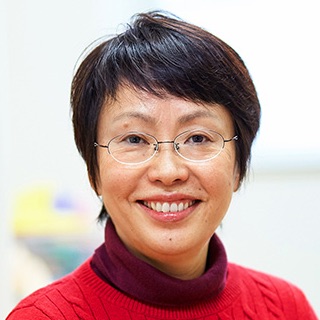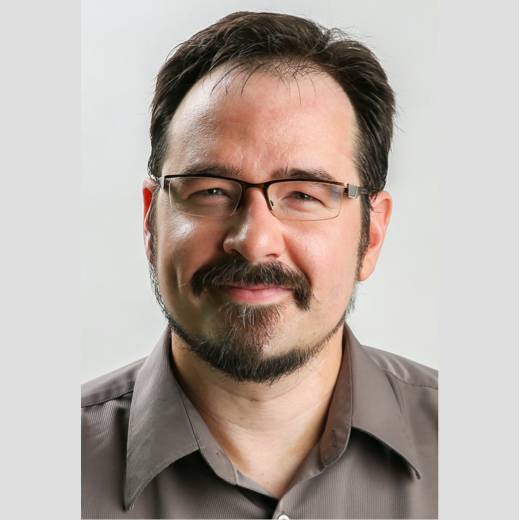Keynotes
Keynote talks will be provided as about 60-min video presentations.
Autosegmental-Metrical Phonology – Unpacking the Boxes
Prof. Dr. Martine Grice (Director of Phonetics Laboratory, University of Cologne)
Due to her health condition, this talk is cancelled.
Intonational phonology can shed light on the nature of prosody in Japanese children with ASD: Dissociating linguistic and para-linguistic aspects of intonation
Dr. Reiko MAZUKA (RIKEN Center for Brain Science, Japan, Department of Psychology & Neuroscience, Duke University)
Abstract:
Speech of people with autism spectrum disorders (ASD) has long been associated with atypical prosodic features. Yet, how their prosody differs from that of typically developing persons has not been well-understood. This paper will report data from Japanese high-functioning ASD children and show that an intonational phonological framework can offer a tool to dissociate linguistic aspects of prosody, which are determined by syntactic/lexical factors, from para-linguistic aspects, which are determined by para-linguistic factors such as pragmatic, social/communicative and emotional factors. ASD children’s production was mostly intact with regard to the linguistic aspects of prosody, yet they had considerable problems with para-linguistic aspects.
Twelve Japanese children (10 males, ages 7-17) diagnosed as high-functioning ASD, and 14 typically developing children (8 males, ages 7-16) were tested in an elicited production task. The same children’s naturalistic conversations with an experimenter were also analyzed. The results revealed that both groups of children were able to produce syntactic and lexical aspects of prosody appropriately. Nevertheless, ASD children’s natural conversation contained significantly more instances that were judged “atypical” by trained phoneticians. These “atypical” sections occurred predominantly in the pragmatic and communicative aspects of prosody, e.g., too much emphasis, sudden speech rate changes, and inappropriate pitch contour.
These results revealed that ASD participants are able to produce fundamental prosodic structures, while they may have difficulty in using prosody appropriately in interactive communication. It indicates that so-called “atypical prosody” in ASD speech may be better characterized as a secondary effect of the core symptoms of ASD in social communicative interaction difficulty, rather than a linguistic difficulty.
Modeling the influence of voice quality setting on segmental structure
Asst. Prof. Scott Reid Moisik (School of Humanities, Nanyang Technological University)
Abstract:
Voice quality – understood in the broad, Laverian (1980) sense of a quasi-permanent auditory coloring of the voice formed by holistic posturing of the vocal tract (both laryngeal and supra- laryngeal components) – remains one of the more elusive aspects of prosody, particularly in how it interacts with segmental structure. This talk explores this issue of interaction between segmental structure and voice quality by means of computational modeling of speech. However, we will approach the topic in a somewhat oblique direction, by considering some computational modeling studies that look at the impact of anatomico-morphological variation on speech segment production. Anatomico-morphological variation is, after all, the basis for one’s organic or biologically-determined voice quality. We then consider a parallel between anatomico-morphological variation, which is by and large a permanent “setting” for producing articulation, and voice quality setting, which is an impermanent and dynamic but semi-stable basis of articulation. The talk finishes with the consideration of preliminary computational modeling of the interaction between voice quality setting and segmental structure as a window into this less well-understood aspect of prosody.
Laver, J. (1980). The phonetic description of voice quality. Cambridge University Press.